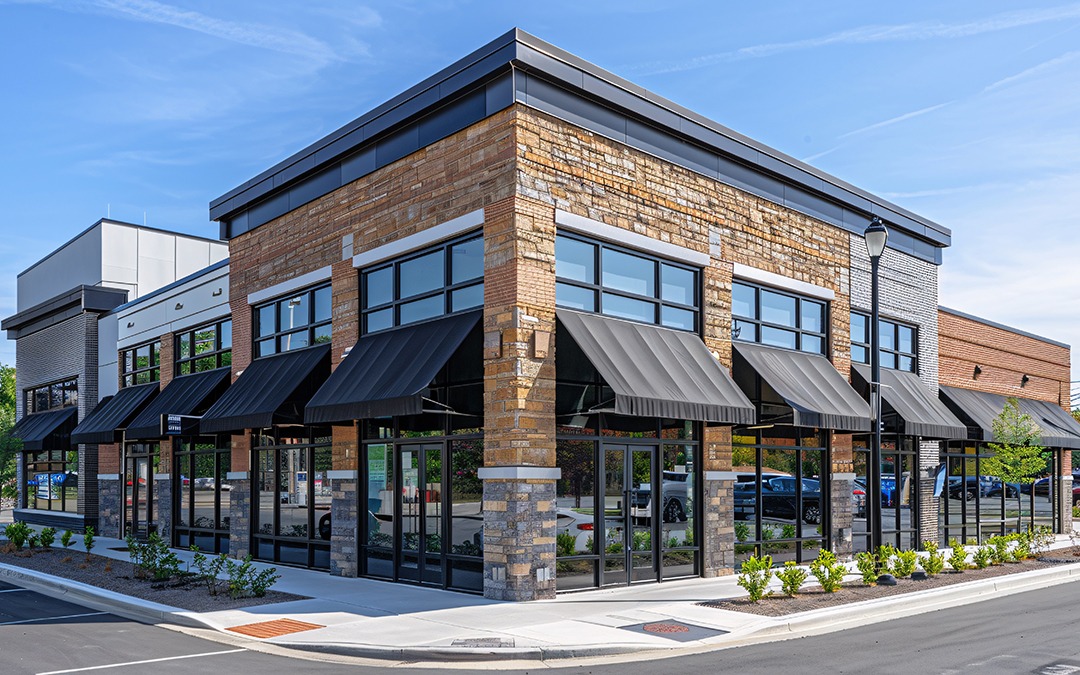
Are you looking to sell a business or investment property that has gained value? One way to avoid a hefty capital gains tax is through a like-kind exchange.
What are the like-kind exchange rules? We’ve got a breakdown of those below.
In this article:
- A like-kind exchange is a way to defer capital gains tax on the sale of an investment property in exchange for the purchase of a similar investment property.
- Like-kind exchange rules dictate what kinds of property qualify for this tax break.
- If the new property you purchase costs less than the property sold, the “boot” will be subject to capital gains tax.
What is a like-kind exchange?
A like-kind exchange — also referred to as a 1031 exchange — is when you sell an investment or business property and purchase another similar investment property. This allows you to defer the capital gains you’d normally pay on the sale of a property that has increased in value.
This piece of tax law has been around for more than a century. Originally, the bill was passed in 1921 to encourage active real estate reinvestment.
As of post-publication, the most recent update to like-kind exchange rules came with the Tax Cuts and Jobs Act of 2017 (TCJA). Previously, a variety of property types, including trade-ins of business vehicles, qualified for this tax break. But TCJA limited like-kind exchanges to only business or investment real estate as of 2018.
What are the like-kind exchange rules?
- The property must be like-kind.
What does it mean for a property to be “like-kind”?
According to the IRS, a like-kind property must be “of the same nature or character, even if they differ in grade or quality.”
The rule essentially means that the properties should be used for similar purposes. For example, if you are selling a rental property, the like-kind property you are purchasing should be used for similar business purposes.
- It must be business or investment property.
A like-kind exchange can only be made when both properties in the exchange are a business or investment property. Sorry, homeowners, you can’t take advantage of this tax break when selling your personal residence, even if you want to purchase a business property.
(Homeowners: if you’re selling your principal residence, you may qualify for this separate capital gain sales tax exemption.)
- Both properties must be based in the United States.
Both properties must be U.S.-based; properties cannot be exchanged for international property to qualify for this tax break.
- You must follow the like-kind exchange timeline.
The most common type of like-kind exchange is known as a “deferred exchange.”
This type of exchange must follow a 180-day timeline in order to qualify for the tax break. On the day of your property’s sale, the timeline begins. You first have 45 days to provide written documentation of the new property you’d like to purchase. You then must purchase this new property by the final 180-day mark.
Besides a deferred exchange, there are three other like-kind exchange types: Simultaneous Exchange, Reverse Exchange, and Construction Exchange. Talk to your tax advisor about which exchange is best for your situation.
- The use of a qualified intermediary is highly recommended.
While not required for all types of like-kind exchange transactions, the use of a qualified intermediary can help avoid the accidental receipt of funds that would negate the like-kind exchange tax benefits.
A qualified intermediary serves as a middle organization to receive the capital from the original property sold, then transfer those funds for purchasing the required replacement property.
Please be aware that certain types of like-kind exchanges do require the use of a qualified intermediary to maintain the tax benefits of such transactions.
Additionally, the IRS limits who can act as your qualified intermediary: “You can not act as your own facilitator. In addition, your agent (including your real estate agent or broker, investment banker or broker, accountant, attorney, employee or anyone who has worked for you in those capacities within the previous two years) can not act as your facilitator.”
What happens if the new property you purchase is of lesser value than the property you are selling?
When discussing like-kind exchange rules, we’ll need to mention boot. (But not the kind on your feet.)
When the new property you purchase is of lesser value than the property sold, this is what is referred to as “boot.”
(Boot… why call it that? Today’s fun fact: The term comes from Old English.)
Let’s look at a simple example to illustrate boot at its most basic level.
Let’s say you sell your property for $2,000,000. But the new property you’re purchasing is $1,500,000, making it $500,000 less than the property you sold. That $500,000 extra from the original sale is considered boot — and is (dun, dun) subject to capital gains tax.
There is more than just cash boot to consider. There’s also mortgage boot and non-qualified property boot. Talk to a tax advisor to learn more.
Who can do a like-kind exchange?
Any U.S. tax entity (truly, any!) — individual, LLC, C-Corp, S-Corp, partnership, or trust — can perform a like-kind exchange.
How do you report like-kind exchanges?
Use IRS Form 8824 to report a like-kind exchange. Or better yet, let a Landmark tax professional take care of the details for you.